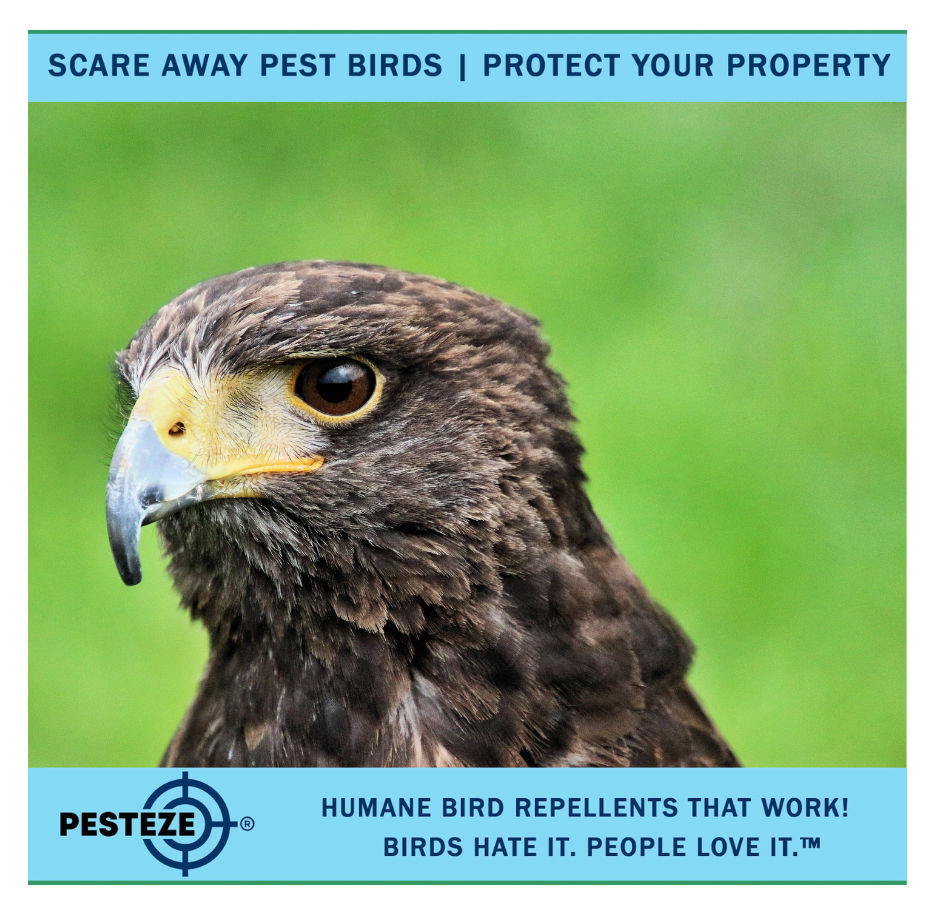HOW TO DETER HAWKS: PROTECTING YOUR PETS AND PROPERTY!

HOW TO DETER HAWKS: PROTECTING YOUR PETS AND PROPERTY!
SUMMARY
Hawks are majestic birds of prey that can become a concern when they hunt small pets or cause disturbances in your yard. To effectively deter hawks while ensuring their safety, explore various humane strategies that encourage them to seek alternative hunting grounds.
FEATURES
- Visual Deterrents: Use reflective objects or predator decoys to create a sense of danger for hawks.
- Sound Devices: Incorporate noise-making tools to disrupt their hunting environment.
- Shelter for Small Animals: Provide safe hiding spaces for pets and small animals to reduce their visibility.
- Remove Food Sources: Eliminate accessible prey, such as rodents and birds, that attract hawks.
- Limit Perching Areas: Trim trees and remove tall structures that provide ideal perching spots for hawks.
- Use Hawk Deterrent Nets: Install nets or mesh to protect specific areas from hawk attacks.
DESCRIPTION
Hawks are impressive birds that play an essential role in the ecosystem, but their hunting habits can become problematic, especially for pet owners and gardeners. If you're looking to keep hawks at a distance while respecting their role in nature, several humane strategies can help.
One effective method is to use visual deterrents. Hawks are keen-eyed predators, and using reflective objects like aluminum foil strips, shiny tape, or old CDs can create light flashes that disorient them. Additionally, placing realistic predator decoys, such as owls or larger birds of prey, in your yard can create an illusion of competition, prompting hawks to relocate.
Incorporating sound devices can also be beneficial. Hawks are sensitive to sudden noises, so utilizing noise-making tools like wind chimes, bells, or recorded distress calls of smaller birds can disrupt their hunting patterns and encourage them to avoid your property.
Creating safe environments for smaller pets and animals is crucial. Shelter for small animals, such as shrubs or dense vegetation, can provide hiding spots and make it difficult for hawks to spot them. Keeping small pets indoors or in secure enclosures, especially during peak hunting times (early morning and late afternoon), will further protect them from potential predation.
To reduce the likelihood of hawks visiting your yard, it is important to remove food sources. This means managing rodent populations and avoiding leaving bird feeders out for extended periods, as these attract not only birds but also hawks looking for an easy meal.
Limiting perching areas is another practical strategy. Trimming back tall trees and removing structures that offer suitable roosting spots can discourage hawks from settling in your yard. This can include high fences, telephone poles, and any tall structures that give them a vantage point to hunt.
Finally, using hawk deterrent nets can be an effective measure for protecting specific areas, such as gardens or small animal enclosures. These nets create a physical barrier that prevents hawks from accessing your pets or plants while allowing sunlight and rain to reach them.
By implementing a combination of these humane deterrence strategies, you can effectively keep hawks away from your property while respecting their role in the ecosystem.
- Tags: Bird Control Guide
- Maanas Mehta


Comments 0